With their ability to release oxygen and absorb pollutants, plants not only improve the air quality within your home, they also add a sense of calm and enhance the aesthetics. Here are five easy-care species suitable for homeowners hoping to develop a green thumb.
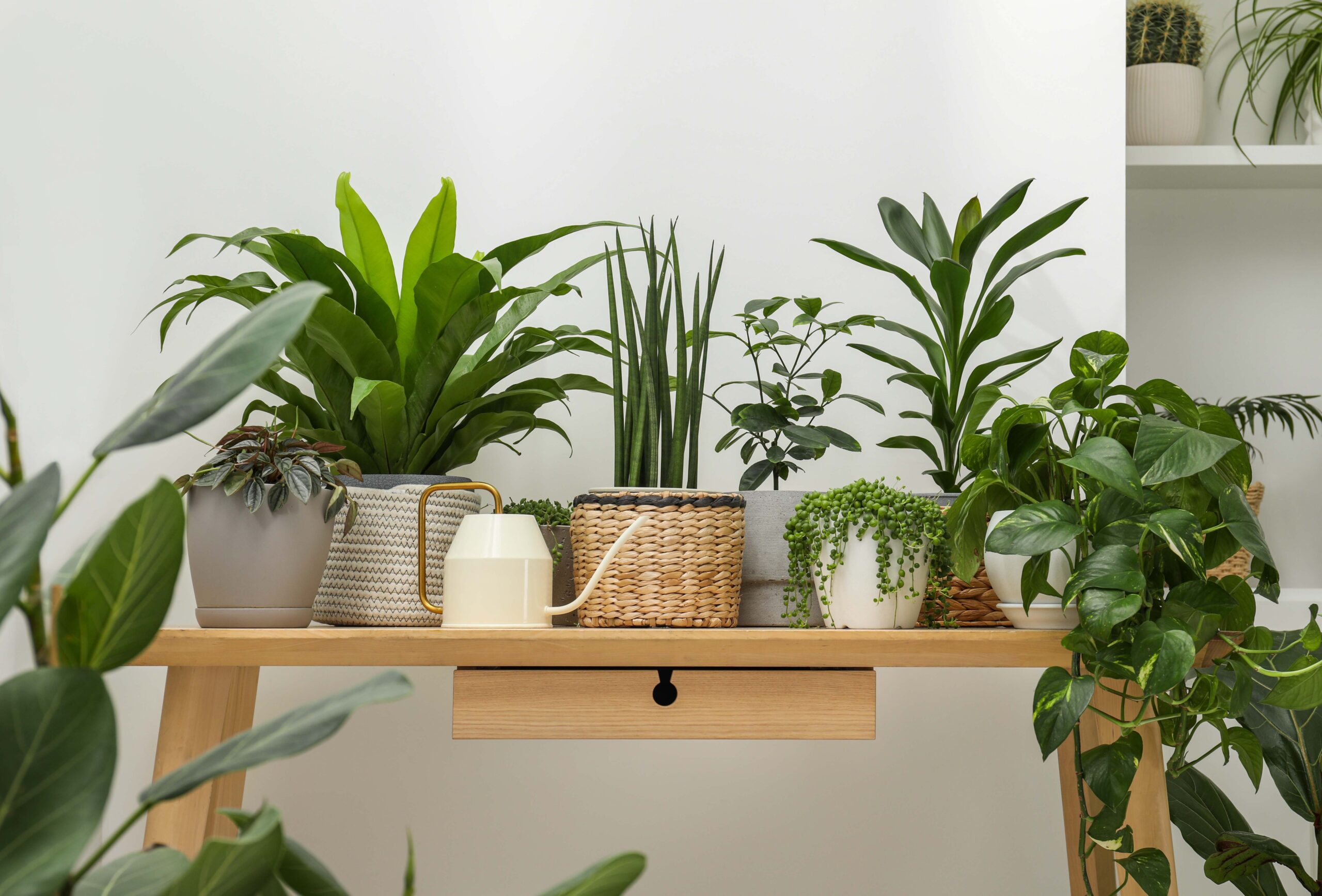 You know those TV and movie scenes where people talk to their plants? Well, if you cringed at these characters and their silly antics, the joke’s on you.
You know those TV and movie scenes where people talk to their plants? Well, if you cringed at these characters and their silly antics, the joke’s on you.
Research has shown that talking to plants really does help them grow faster. The hypothesis is that, while plants can’t understand the words you’re saying, they respond to the vibrations you produce while talking.
And there are benefits for the plant mummy or daddy, too! Nearly half (48%) of people surveyed by Trees.com admitted that they talk to their plants, and 62% of them believe it has helped their mental health.
Why not cultivate some new and leafy friends? No matter how well-designed your home is, it can always do with some plants to provide a dose of cosiness and tranquillity. Moreover, they provide ample health benefits. We learnt in school that all plants absorb carbon dioxide and release oxygen; some of them are even able to absorb harmful fumes related to modern living — we’re referring to volatile organic compounds (VOCs), such as benzene and formaldehyde.
According the US’ Environment Protection Agency, “VOCs are emitted as gasses from certain solids or liquids. VOCs include a variety of chemicals, some of which may have short- and long-term adverse health effects. Concentrations of many VOCs are consistently higher indoors (up to 10 times higher) than outdoors. VOCs are emitted by a wide array of products numbering in the thousands.” Breathing in VOCs can irritate the eyes, nose and throat, cause nausea and difficulty breathing, damage the central nervous system and other organs; some VOCs can cause cancer.
NASA has done research on this — since they have to come up with ways to keep the air quality high within the confines of a space capsule or station — and have ranked species of plants based on their ability to improve air quality. Below are a handful of options from that list that are not only suitable for our tropical climate, but are easy to care for and thus suitable for wannabe-plant parents.
Spider Plant (Chlorophytum comosum)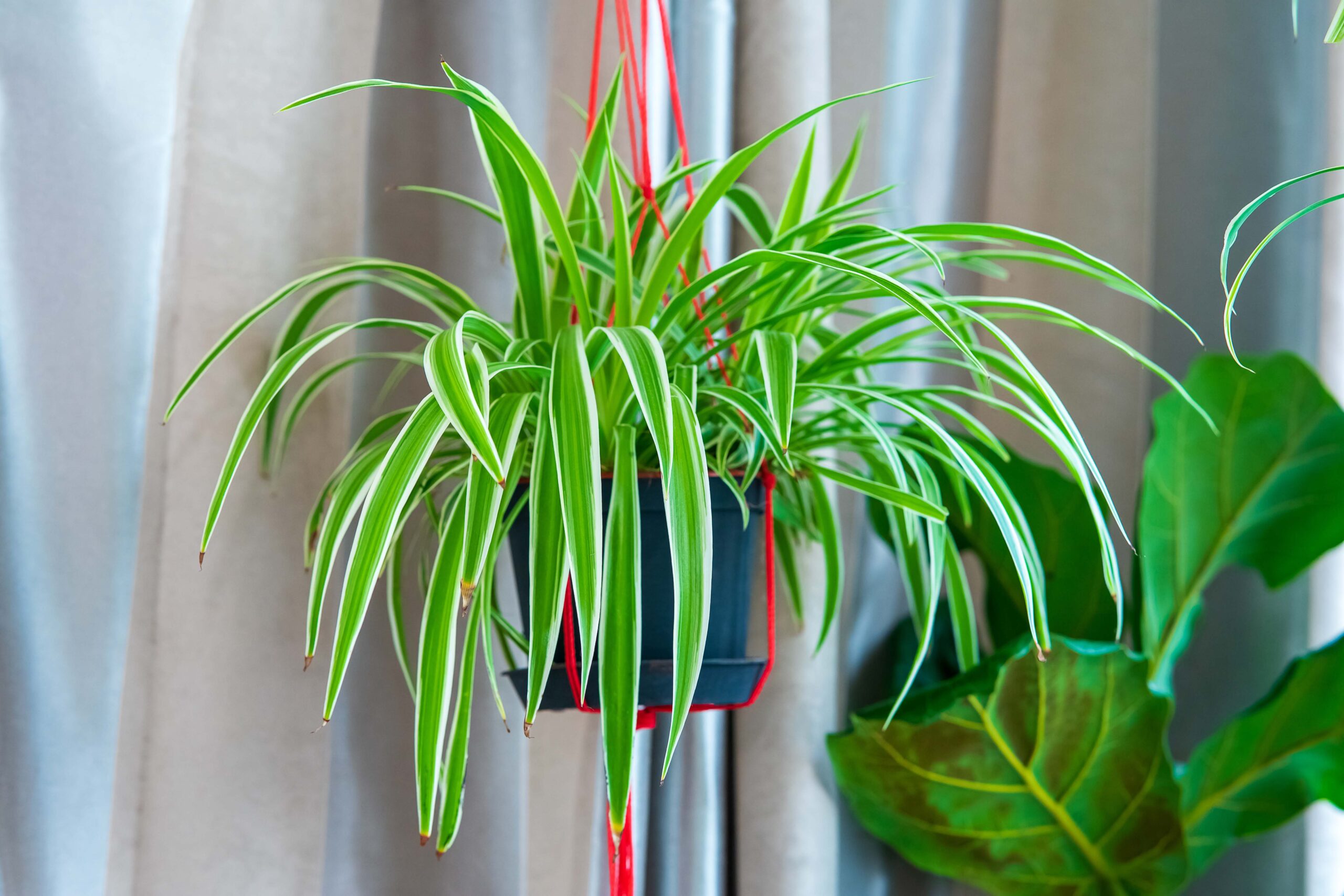
The long and slim leaves of this plant flop downwards, making it resemble a spider. Native to tropical regions of Africa, the spider plant is known for its ability to remove formaldehyde, xylene and toluene from its surroundings.
It’s considered an easy-care plant, as it doesn’t need to be placed in direct sunlight (in fact, it may burn if placed in direct sunlight!), tolerates a range of temperatures (but grows best between 18 and 32°C), and requires watering only once a week (make sure the soil dries out first).
It’s not toxic to human or pets, so you can place it wherever you please!
Snake Plant (Dracaena trifasciata)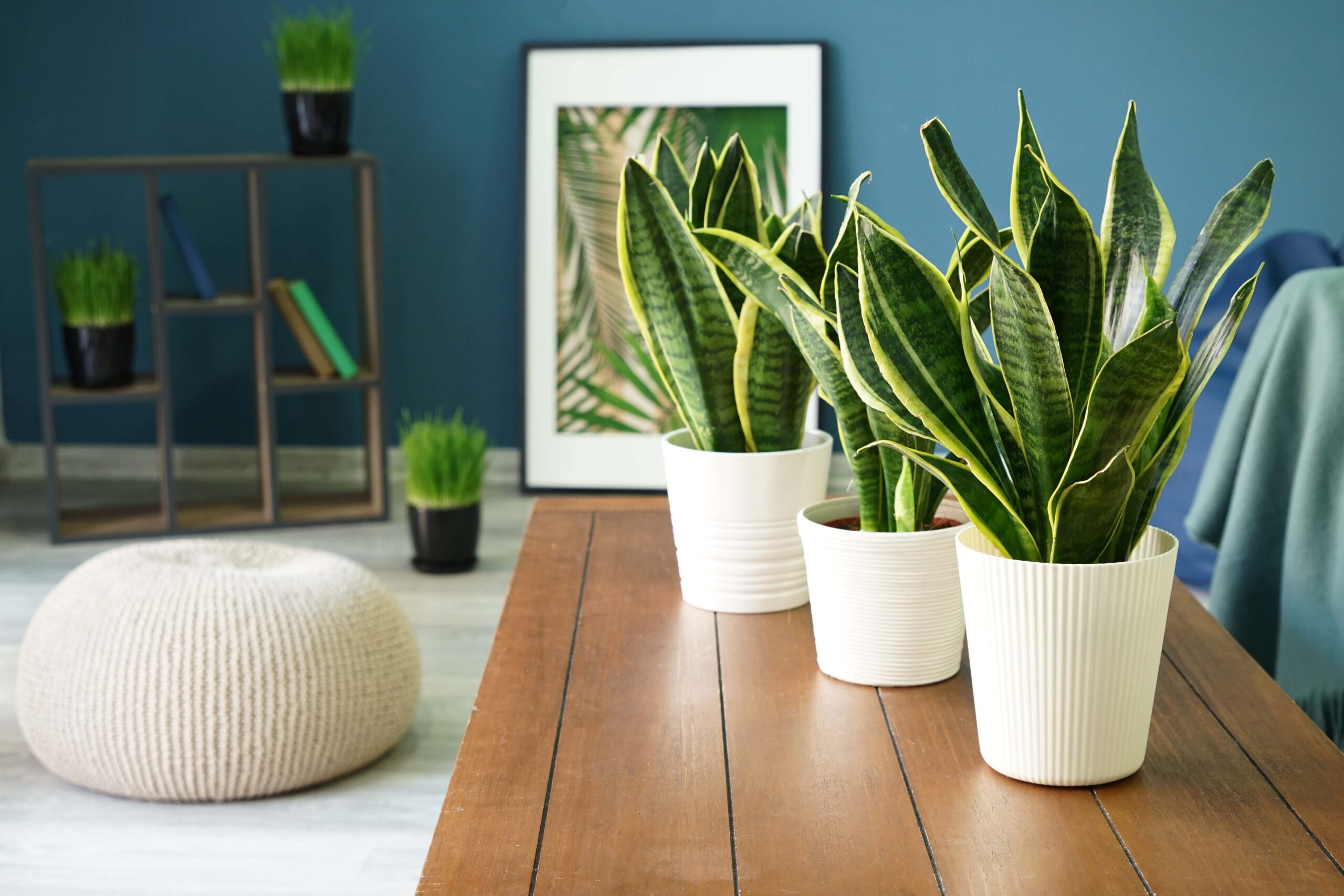
Native to west Africa, this plant is more commonly known here as mother-in-law’s tongue. Formerly classified as Sansevieria trifasciata, it’s known to be effective at removing formaldehyde, benzene, xylene, toluene and nitrogen oxides from the air.Cambria (Body)
It’s a popular houseplant because it’s low-maintenance. It thrives in at least 2 hours of direct sunlight or 4 hours of indirect sunlight. It only needs infrequent watering (it’s able to withstand drought!). It thrives in temperatures between 20 and 30 °C — and thus a good choice for Singapore. It prefers well-draining soil that should be dried out before the next watering. As it’s a slow grower, it doesn’t require frequent fertilising — just once every two months with a balanced liquid fertiliser will do.
Alert for pet owners: this plant can be mildly toxic to your dog or cat as it contains saponins.
Peace Lily (Spathiphyllum)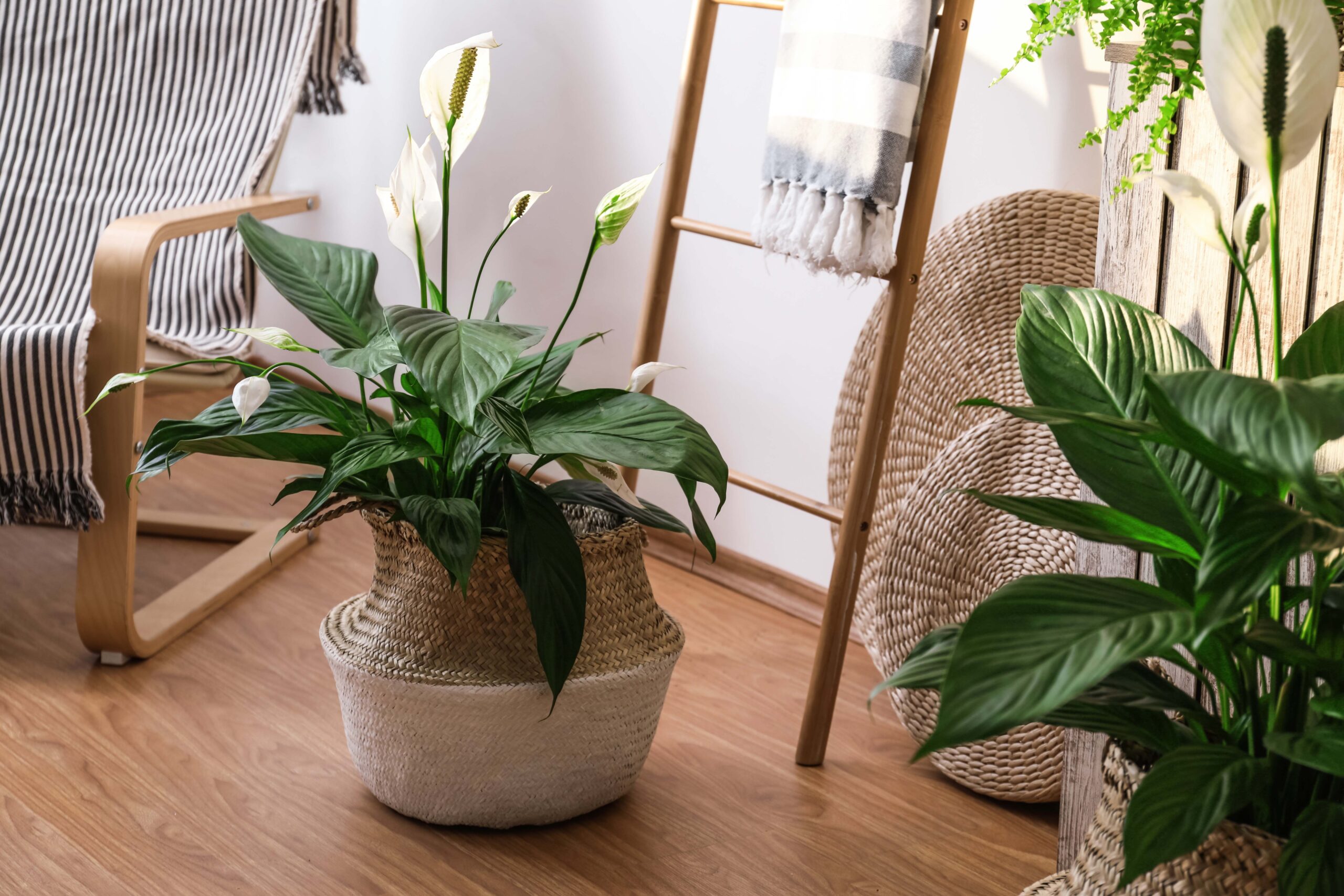
There are 59 known species in the peace lily family, with most located in Central America and northern South America, and a handful of species native to the Pacific Islands, Indonesia, and the Philippines. This plant can remove formaldehyde, benzene, trichloroethylene, xylene and ammonia from the air.
This makes a great houseplant as it has beautiful white blooms and doesn’t need much light or water to survive — just make sure to keep the soil moist all the time. It wilts dramatically when it doesn’t receive enough water, but bounces back quickly after it’s had a drink. It’s also a good idea to fertilise it monthly.
Unlike true lilies, which are highly toxic to pets, the peace lily is only mildly toxic to both humans and animals when ingested.
Aloe Vera (Aloe barbadensis miller)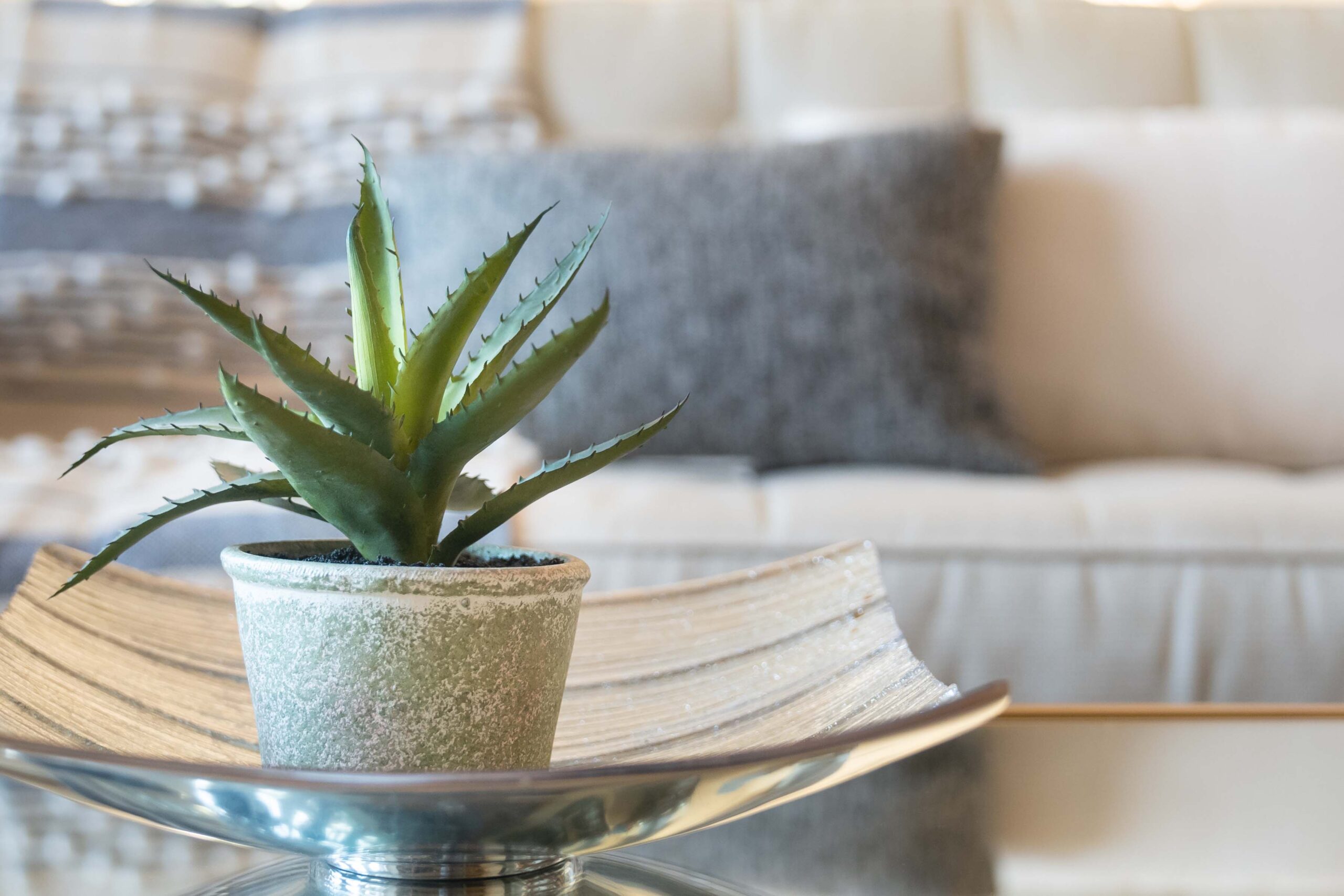
Although originating from Arabia, this succulent thrives in not only other arid regions, but also in tropical and semi-tropical climates. Besides being known for its ability to remove formaldehyde and benzene from its surroundings, the aloe vera has one more health benefit: the gel within its leaves can be — and has been for centuries — used to treat minor skin conditions such as burns, abrasions, insect bites, and windburn.
This plant needs bright, indirect sunlight and infrequent watering. The soil needs to be well-draining, and should be completely dry before watering. It’s recommended that you use a terracotta pot for its porous quality.
Warning to pet owners: keep your cats and dogs away from this plant. Although the gel inside the leaves is safe for topical use, the leaf surface contains saponins and anthraquinones, which are toxic to pets.
Boston Fern (Nephrolepis exaltata)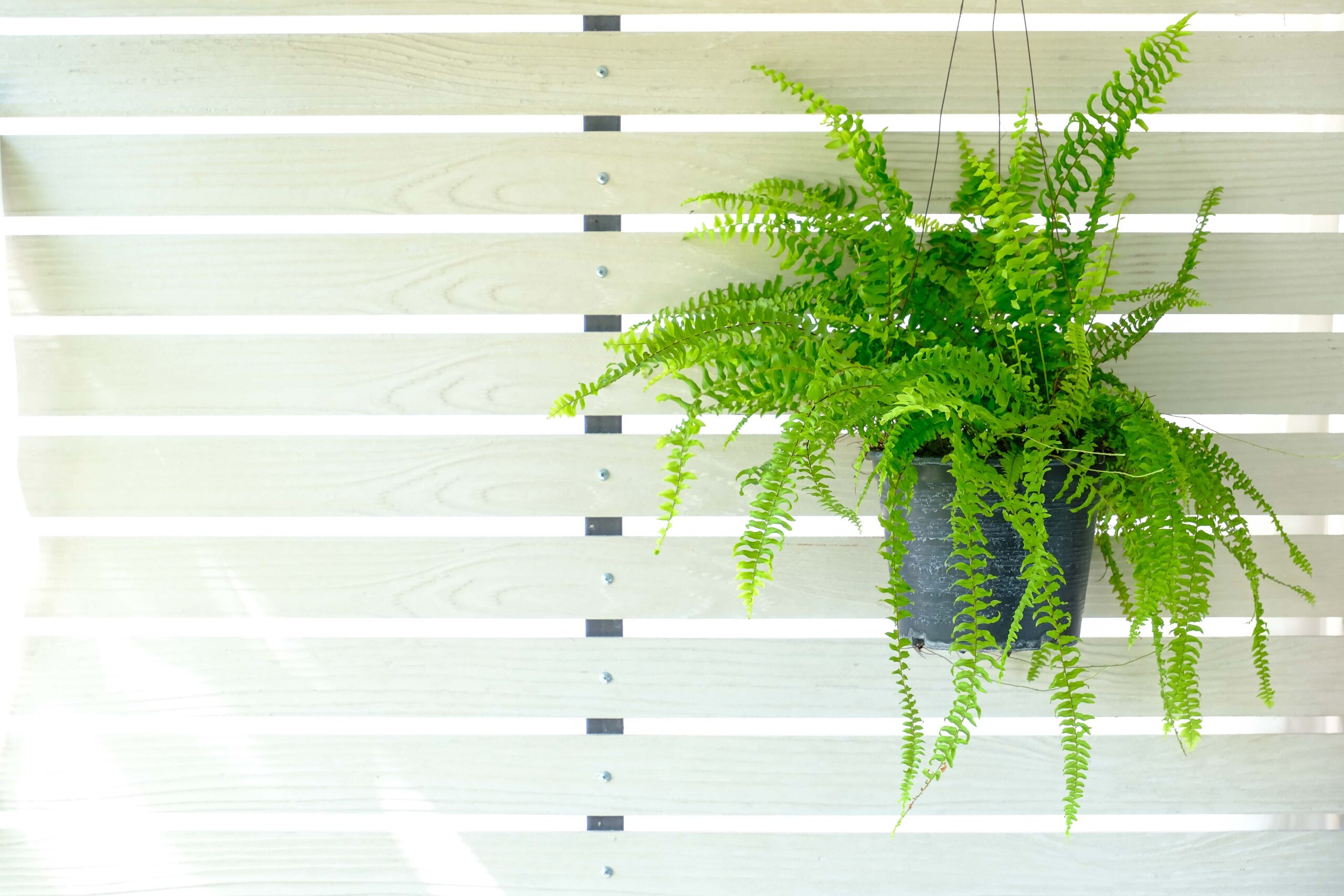
Native to the Americas and found in swamps and floodplains, this plant is also known as the sword fern. In North American homes, it’s often hung from baskets and considered a classic houseplant as it requires little attention. What’s more, it can remove formaldehyde and xylene from the atmosphere.
It doesn’t need much sun (just indirect), and can live for years. It loves humid environments, so is very much at home in Singapore. Make sure to pot it in loamy soil with good drainage, and water it frequently but sparingly, just so the soil doesn’t dry out.
While the Boston Fern is not considered toxic to pets, they can still get sick (vomiting and diarrhoea) if they ingest a large amount of the plant.
Go ahead, adopt a plant!
Adding indoor plants to your living space is a simple yet impactful way to boost your well-being. Incorporating these easy-care plants into your space can do wonders for your mood and indoor air quality, striking the perfect balance between beauty and functionality. If you are new to plant care, these green companions are a great place to start your plant parenthood journey.
While the plants listed here are considered easy-care, be aware that all plants in pots need to be repotted once a year to prevent it from becoming root bound. If you’re considering other plants not listed here, do some reading up on what conditions they thrive in, and whether you need to keep your pets away from them in case of toxicity.



